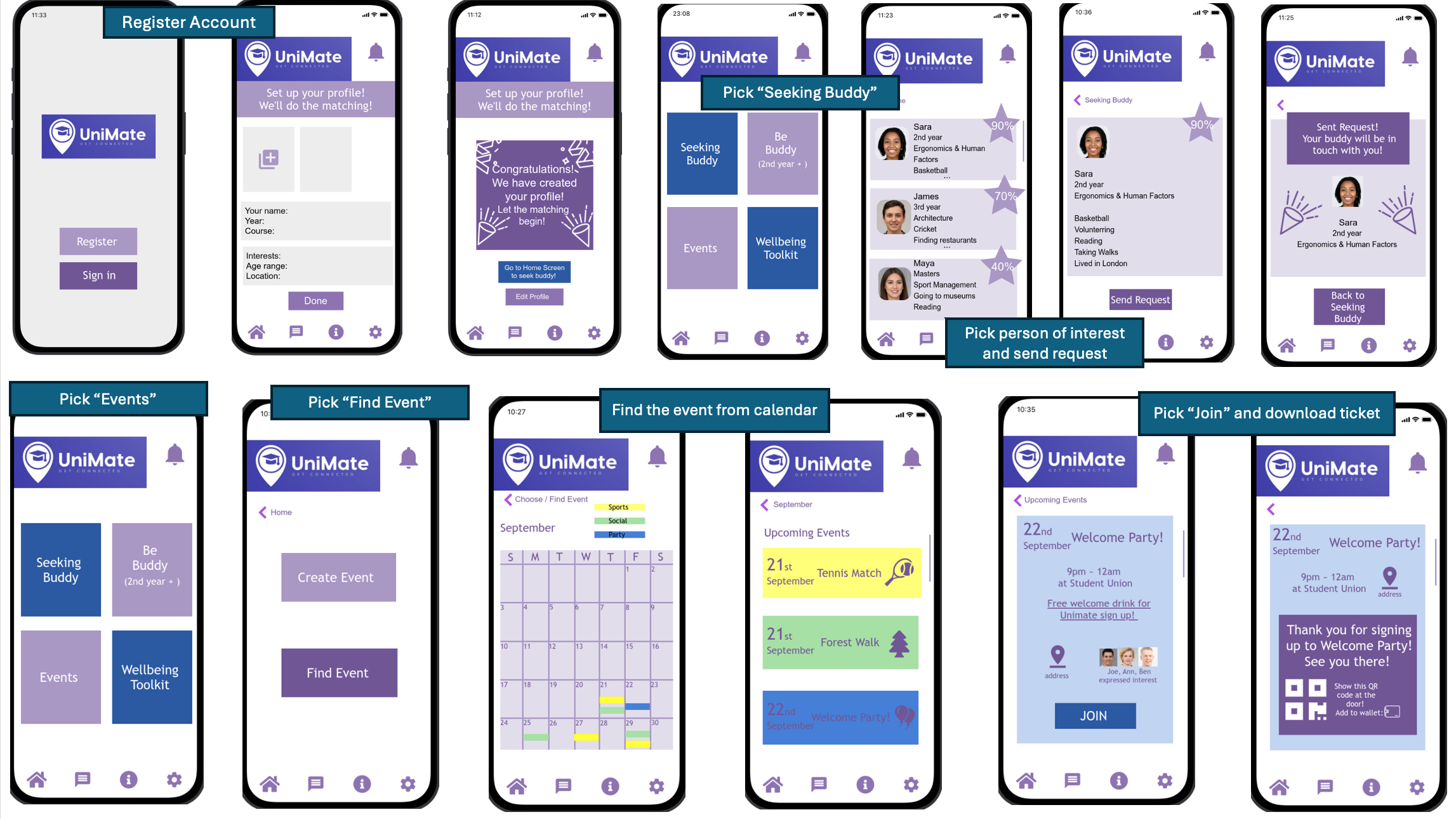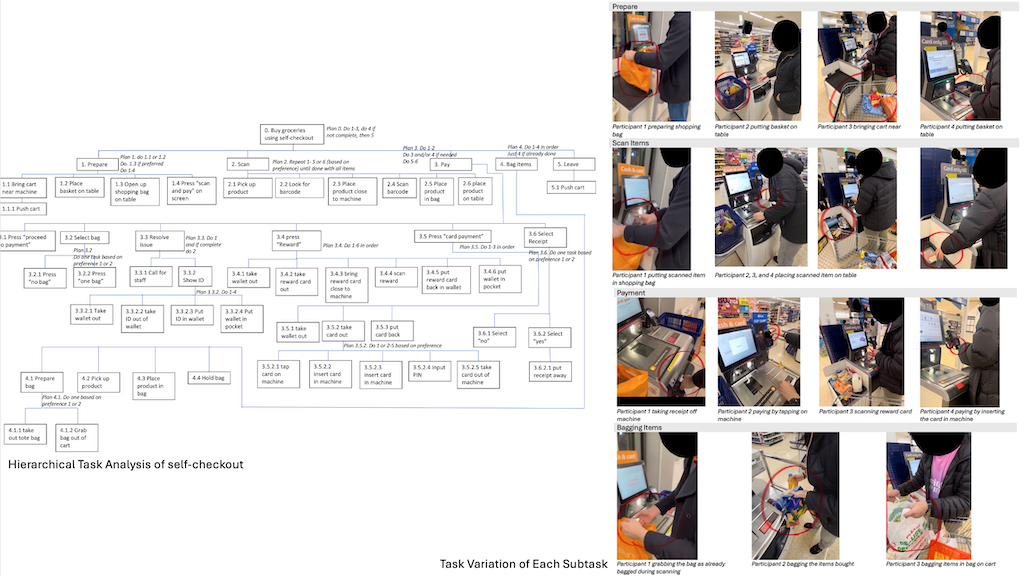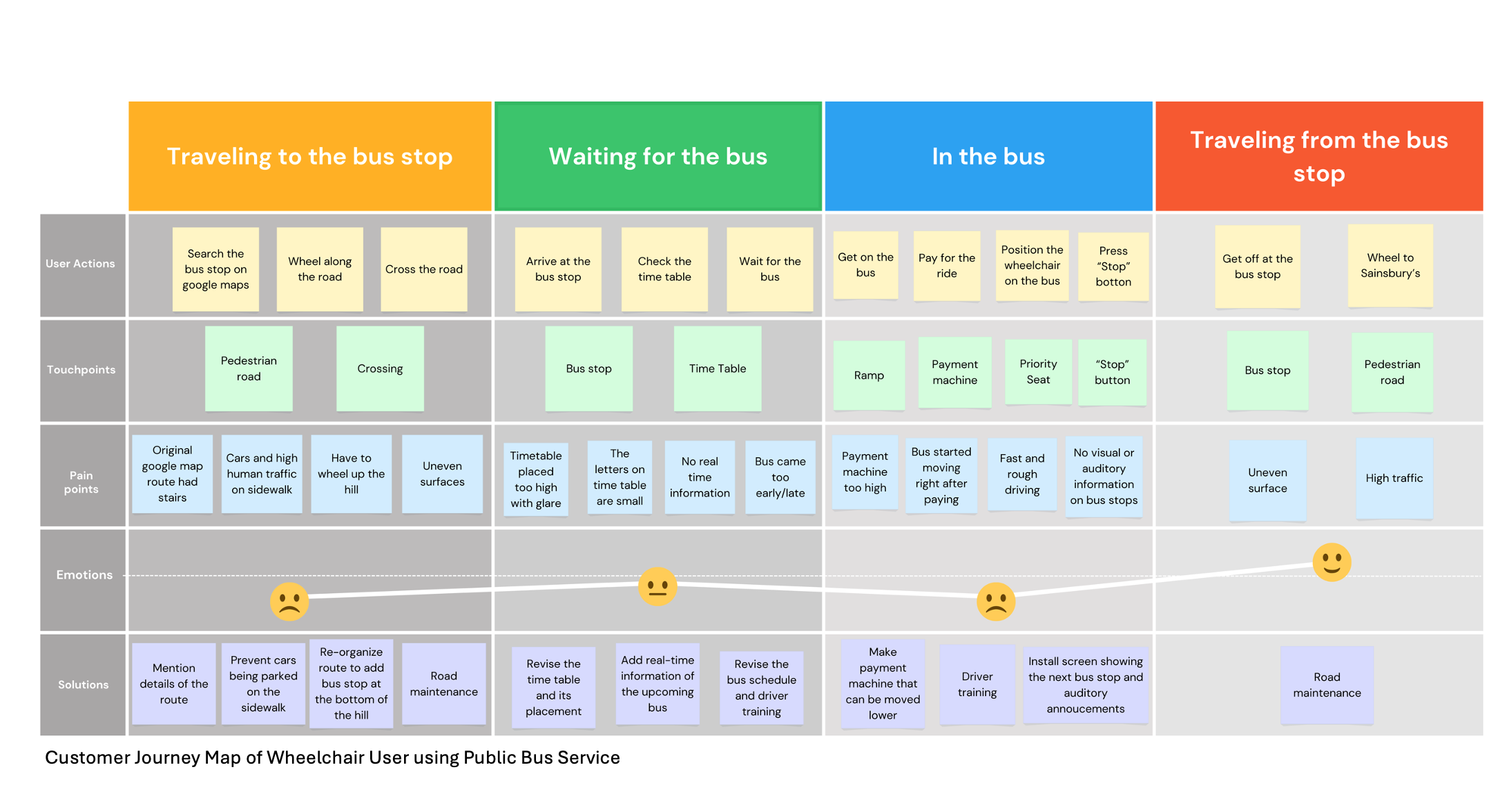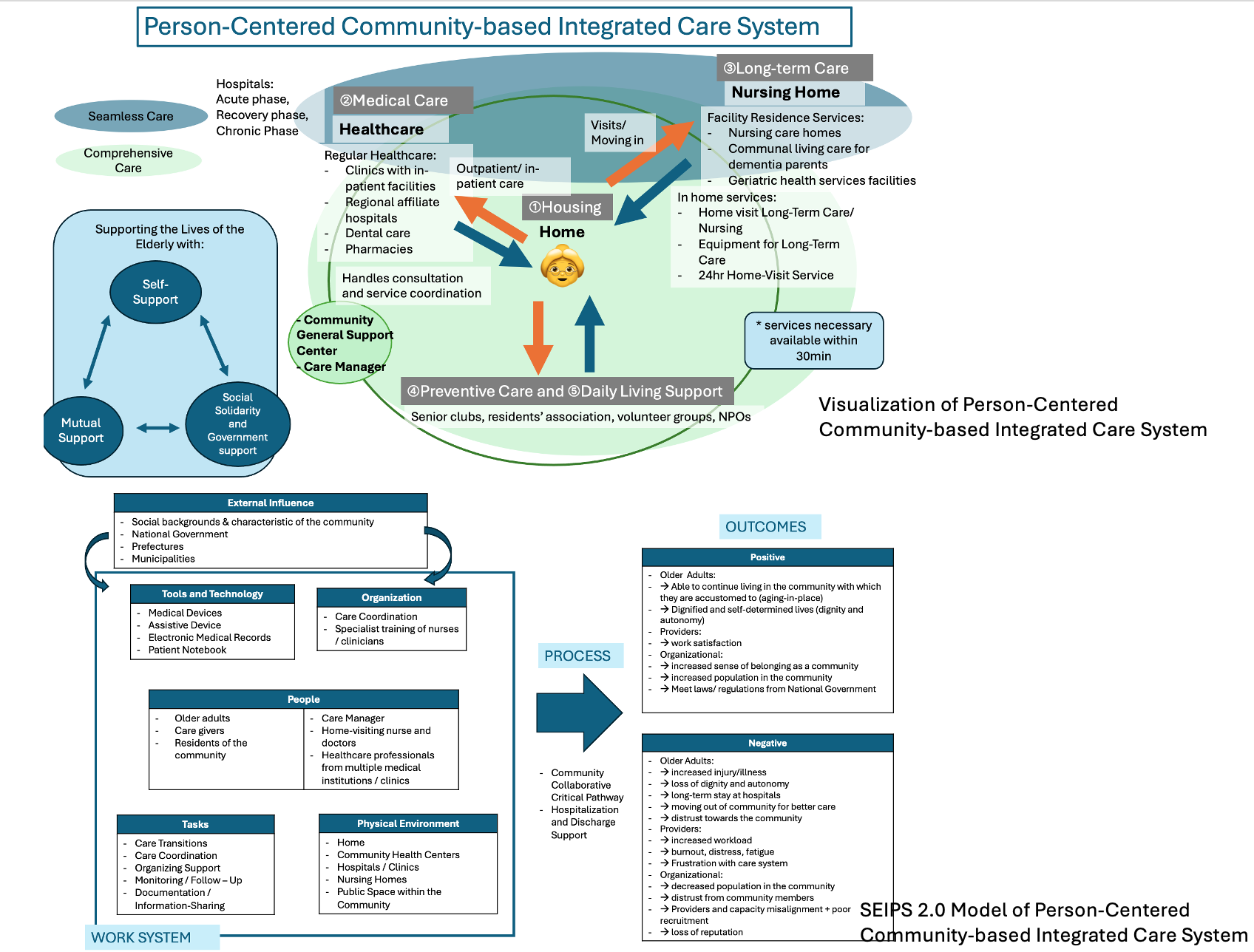
Alisha Sharma
With a background in kinesiology and an MA in Ergonomics and Human Factors, I am passionate about usability testing, risk analysis, and task analysis to optimize medical device interfaces for safe and effective use in healthcare.

With a background in kinesiology and an MA in Ergonomics and Human Factors, I am passionate about usability testing, risk analysis, and task analysis to optimize medical device interfaces for safe and effective use in healthcare.
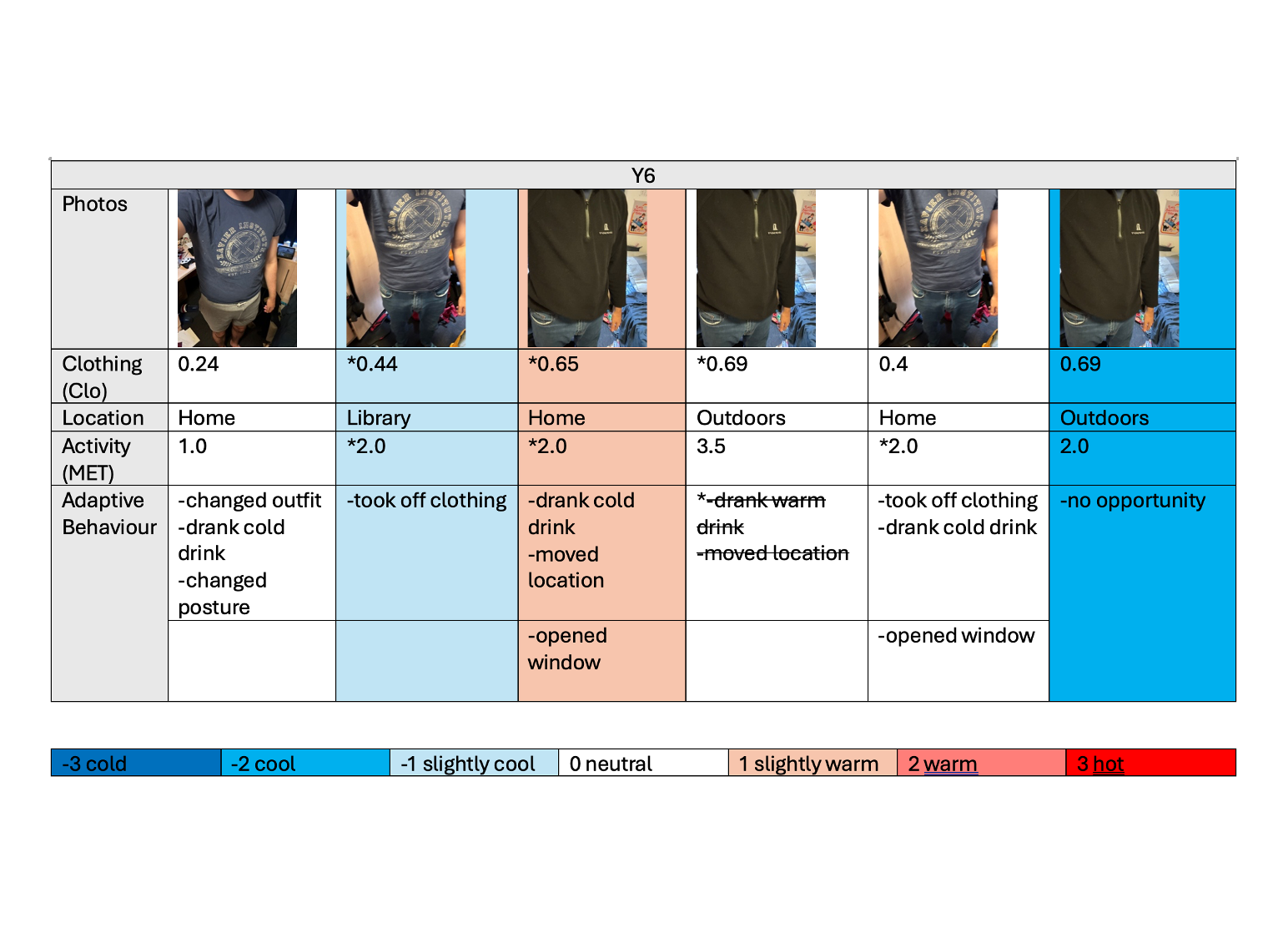
Background: Thermal comfort significantly impacts individual well-being, productivity, and satisfaction. Various factors, including environmental conditions, clothing insulation, activity levels, and adaptive behaviours influence it. The American Society of Heating, Refrigerating, and Air-Conditioning Engineers (ASHRAE) defines thermal comfort as the “subjective state that reflects satisfaction with the thermal environment” (ASHRAE, 1966). Traditional models like Fanger’s Comfort Equation and the Adaptive Model of Thermal Comfort have explored these factors, highlighting the dynamic interplay between environmental conditions and personal adaptations.
Aim and Objective: The primary aim of this study was to investigate the factors influencing clothing selection, thermal comfort, and adaptive behaviours throughout the day, with a secondary objective of exploring age-related differences. The study also evaluated the usability and appropriateness of online questionnaires as a tool for real-time data collection
Methodology: The study employed a mixed-methods approach, integrating online questionnaires with semi-structured interviews. Six younger participants (20-30 years) and five older participants (55-95 years) completed the questionnaire five to six times a day at two-hour intervals. The questionnaire collected data on clothing level, activity level, thermal comfort, estimated and measured temperature, and adaptive behaviours. Semi-structured interviews explored contextual factors influencing these behaviours. An expert appraisal of the online questionnaire was conducted to test its usability.
Results/ Discussion:
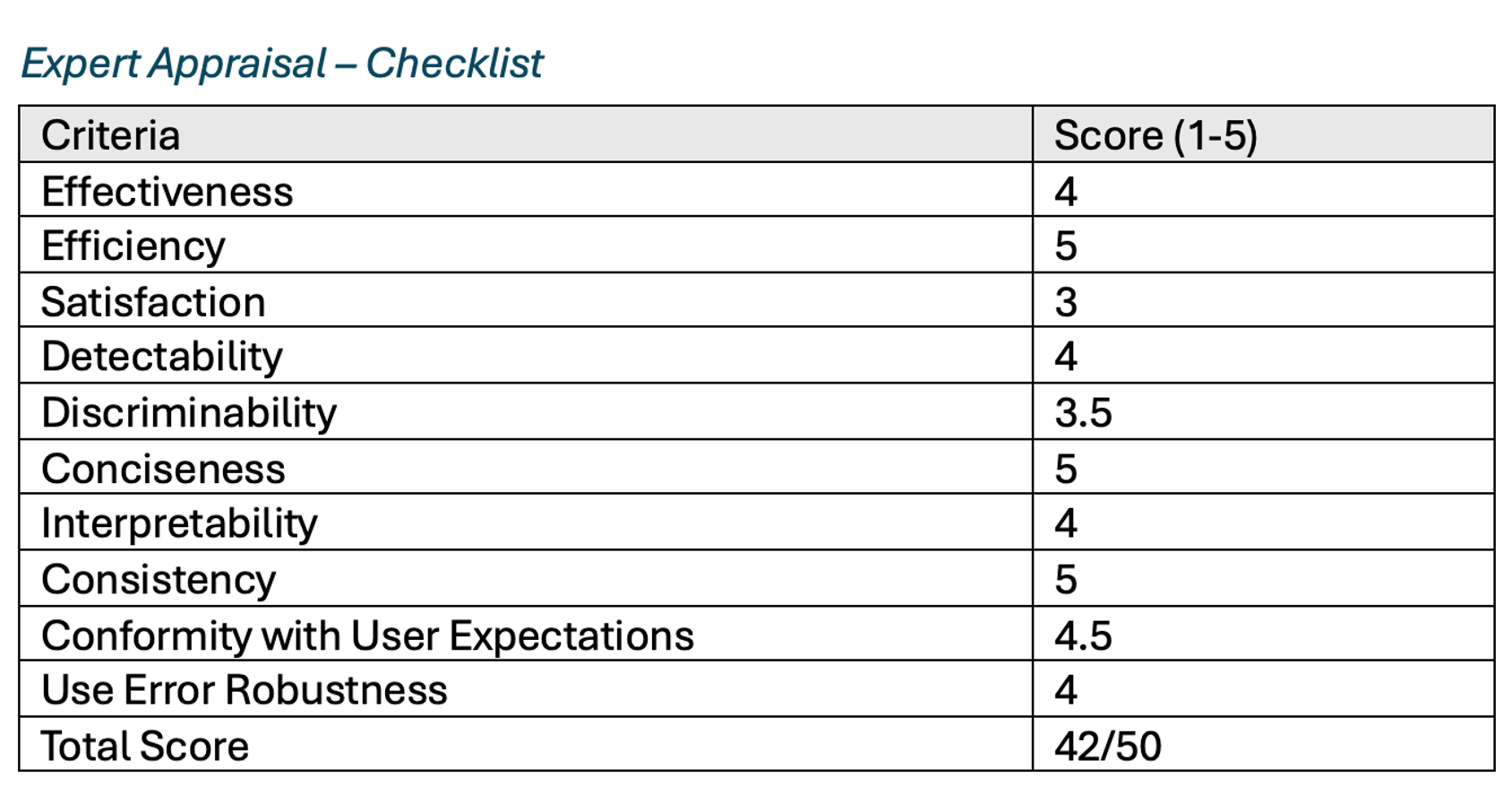
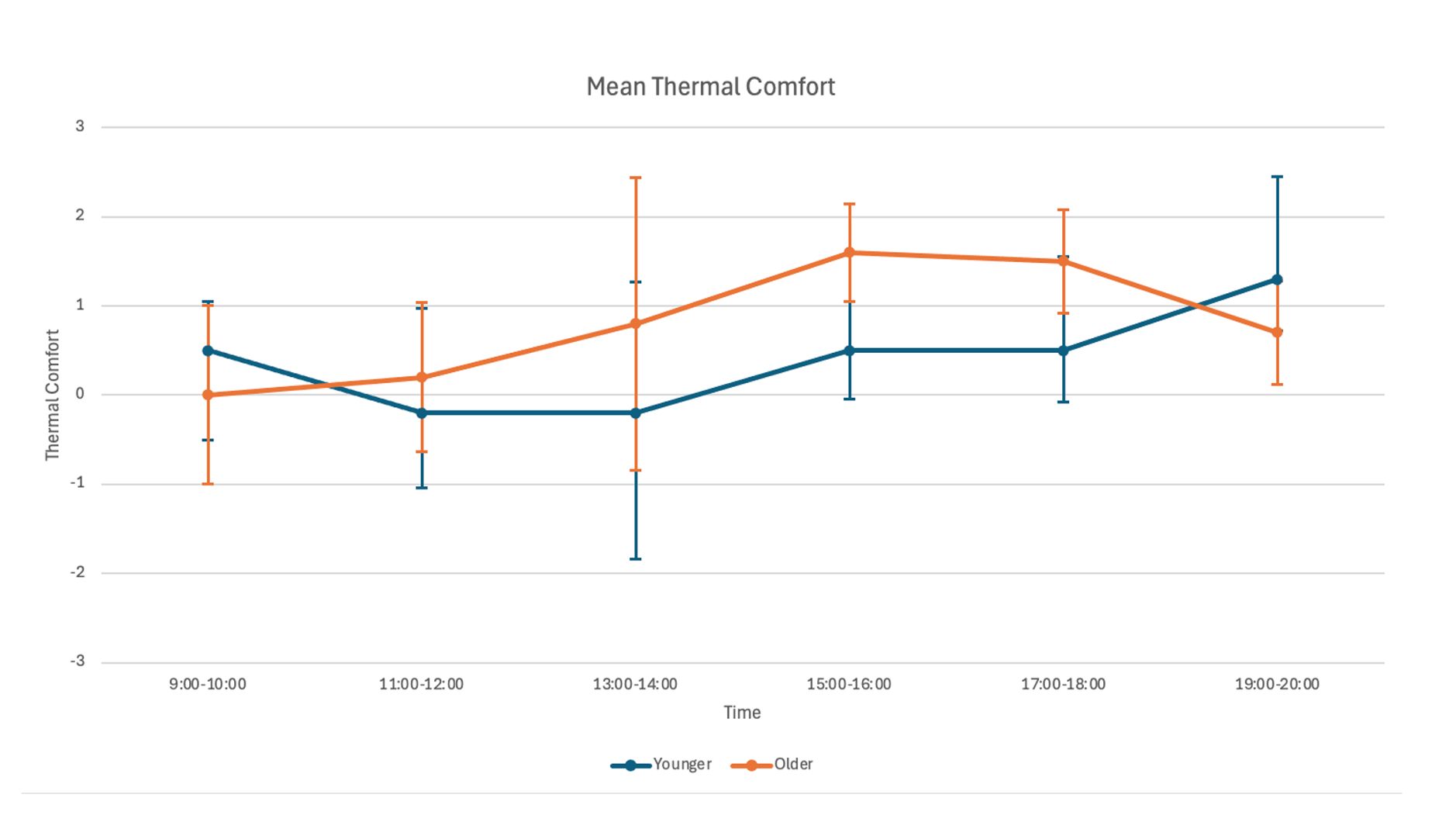
Questionnaire: The expert appraisal and participant feedback indicated promising usability and appropriateness of the online questionnaire, with some areas for improvement in effectiveness and satisfaction. The checklist criteria score 42 out of 50, highlighting strengths in efficiency and consistency but noting potential issues with repetitive questions and the need for clearer instructions.
Clothing Selection: Participants reported having standard clothing choices influenced by weather conditions, planned activities, and locations. Younger participants primarily used weather apps, while older participants relied more on news sources. Rain was a significant factor, and thermal memory from recent days also guided clothing decisions. Layering was a common strategy to counteract potential thermal discomfort.
Thermal Comfort: Thermal comfort ratings ranged from -2 to +2 throughout the day, with older participants reporting higher comfort levels than younger participants during the day from 11:00-17:00.
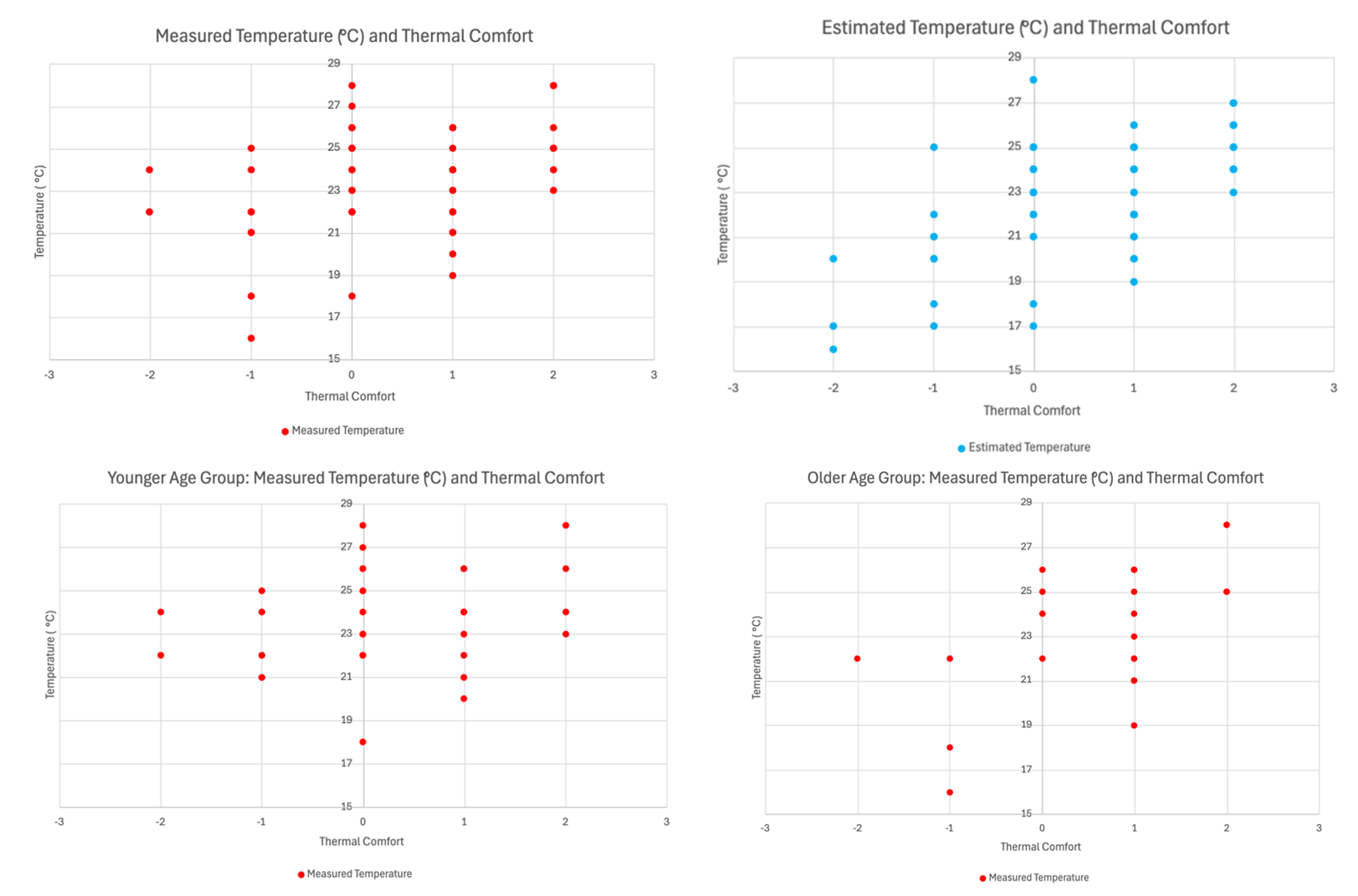

Temperature: The correlation between estimated temperature and thermal comfort was stronger than the correlation with measured temperature, suggesting that perceived temperature plays a crucial role in determining thermal comfort. Older participants had a narrower range of thermal neutrality, indicating age-related differences in comfort preferences. Older participants were more accurate in estimating the surrounding temperature than the younger participants.
Clothing Level: No significant correlation was found between clothing level and thermal comfort. Both age groups started with similar clothing levels, peaked around midday, and then decreased.
Activity Level: Activity levels showed substantial variance throughout the day, with peaks in the morning and evening. Older participants generally had lower activity levels compared to younger participants. No significant correlation was found between activity level and thermal comfort.
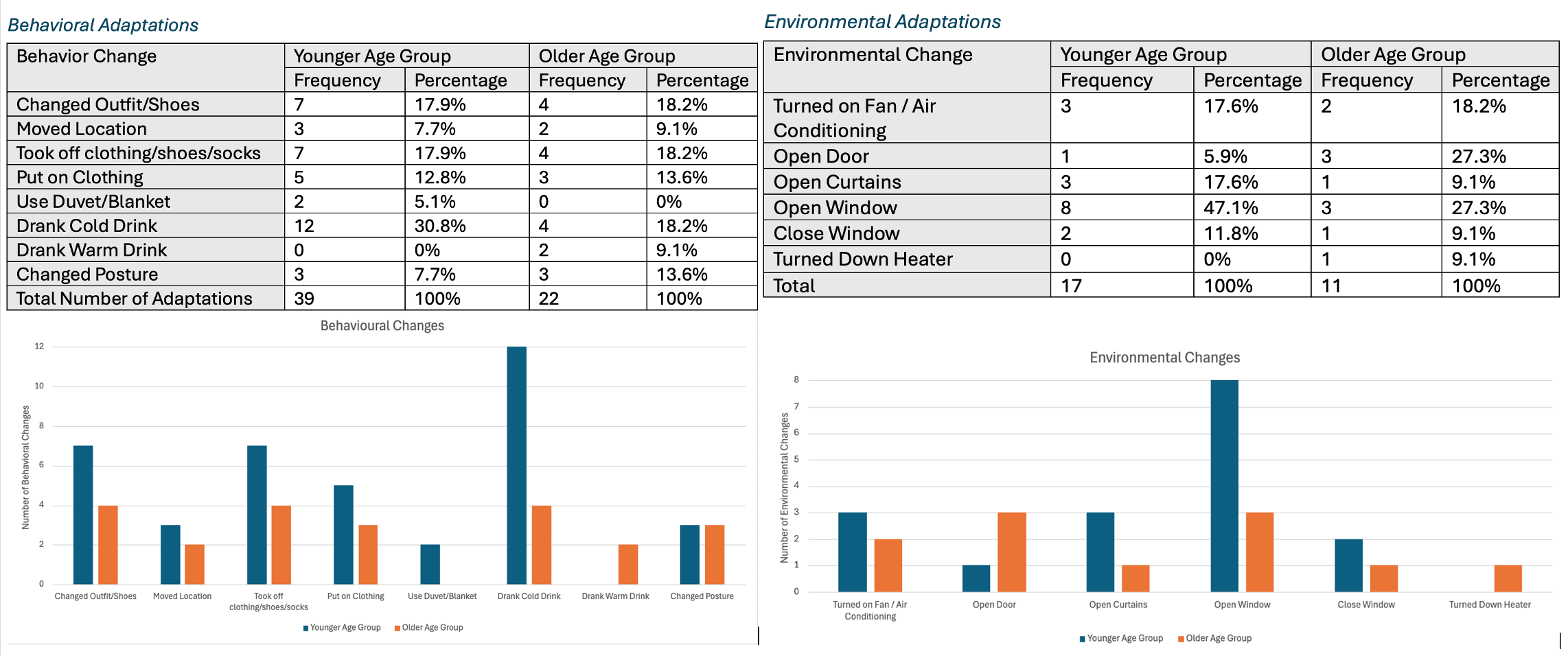
Adaptive Behaviors: Adaptive behaviours play a crucial role in managing thermal comfort. Both behavioural and environmental adaptations were observed among participants. Common behavioural adaptations included changing outfits, removing clothing, and drinking cold beverages. These actions were influenced by convenience, activity, and the availability of resources. For example, participants frequently opted to drink cold beverages or remove clothing when feeling warm. Environmental adaptations, such as opening windows, were also prevalent, particularly among younger participants who sought fresh air or reduced stuffiness.
The study found that adaptive behaviours were guided by social settings, resource availability, personal preferences, and anticipated environmental changes. Participants often made personal adjustments in social settings to avoid inconveniencing others and opted for environmental changes when in private. Cultural and financial factors also influenced adaptive strategies, with some participants avoiding certain actions due to traditional beliefs or cost considerations. Interestingly, participants exhibited flexibility in their responses, selecting the most accessible and effective adaptive measures based on the immediate context and anticipated conditions. This highlights the dynamic and situational nature of adaptive behaviours in managing thermal comfort.
Conclusion: The study underscores the importance of perceived temperature in determining thermal comfort and reveals age-related differences in comfort ratings. The findings highlight the complex interplay of personal, cultural, and societal influences on clothing selection and adaptive behaviours. While the online questionnaire proved to be a promising tool for real-time data collection, there is room for improvement in its design to enhance participant satisfaction and data accuracy. Future research should explore the relationships between clothing level, activity level, and temperature in naturalistic settings and consider individual and intra-individual variations in thermal comfort. Additionally, studies in different climates would help determine the generalizability of these findings.
